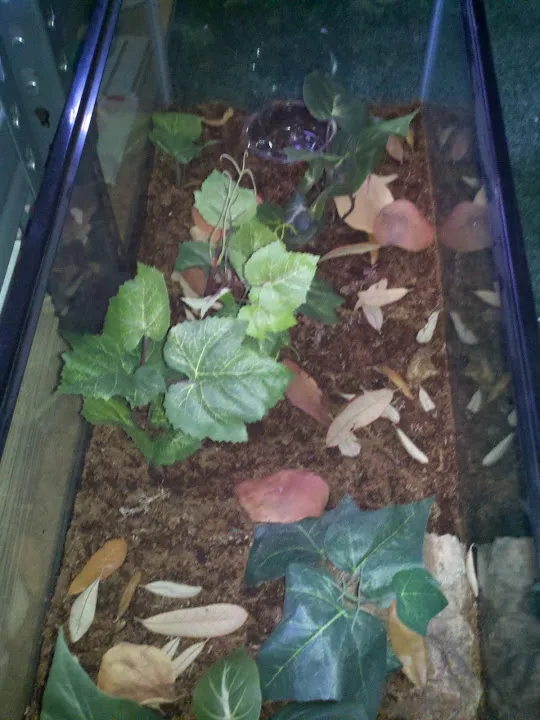Understanding Goliath Tarantula Needs
Creating the perfect Goliath bird eating tarantula enclosure is crucial for the health and well-being of your magnificent arachnid. These giants, the largest spiders in the world by mass, have specific environmental needs that must be met to ensure they thrive in captivity. Understanding these needs is the first step toward building a successful and enriching habitat. This includes knowing about their natural habitat, behavior, and the essential elements needed for their survival and happiness. Neglecting these needs can lead to stress, health problems, and a shortened lifespan for your Goliath tarantula. Therefore, careful planning and diligent execution are essential when setting up their enclosure.
The Ideal Enclosure Size
Choosing the correct size enclosure is one of the most fundamental aspects of tarantula care. A habitat that is too small will restrict movement and potentially cause stress, while one that is excessively large might make it difficult for your Goliath to find food or feel secure. The general rule of thumb is to provide an enclosure that is at least three times the tarantula’s leg span in width, and twice its leg span in height, allowing for adequate space to move around and display their natural burrowing behavior. This provides ample space for burrowing, exploring, and molting safely. Consider the final size of your tarantula when making your choice, as they can grow to be quite large.
Why Size Matters for Goliath Tarantulas
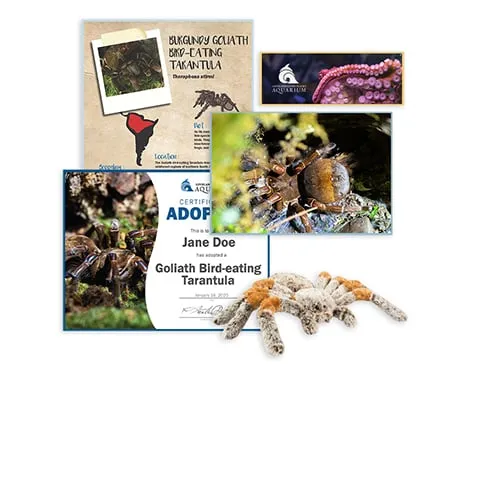
The size of the enclosure directly impacts the tarantula’s physical and psychological well-being. A cramped enclosure can lead to stress, impacting their appetite, molting cycle, and overall health. In contrast, a habitat that is too spacious can make it difficult for the tarantula to feel secure, as they are ambush predators and feel safest in a more confined space with hiding places. Proper enclosure size also contributes to maintaining the correct temperature and humidity gradients, which are critical for their survival. This ensures a comfortable and safe environment for your Goliath, allowing it to thrive and exhibit its natural behaviors.
Enclosure Material Selection
The choice of enclosure material is another critical decision. Two of the most common materials are glass and acrylic, each with its own set of advantages and disadvantages. The material impacts visibility, heat retention, and the ease of maintaining appropriate humidity levels. Considerations include cost, durability, and how well the material withstands the burrowing behaviors of a large tarantula. Choosing the right material is crucial for creating a long-lasting and functional habitat that meets all of the Goliath tarantula’s needs. Selecting a material that is easy to clean and disinfect also helps in maintaining a hygienic environment.
Glass vs. Acrylic Enclosures
Glass enclosures are a classic choice, offering excellent visibility and scratch resistance. However, glass can be heavy, and may not retain heat as efficiently as acrylic. Acrylic enclosures are lighter, more durable, and provide better insulation. They also resist scratching better than glass, but can be more expensive. Both materials offer excellent visibility for observing your tarantula. However, acrylic can sometimes distort the view, which is something to consider. When choosing, also think about the ease of modifying the enclosure to add ventilation holes or secure lids, which is vital for the Goliath’s safety and well-being.
Pros and Cons of Each Material
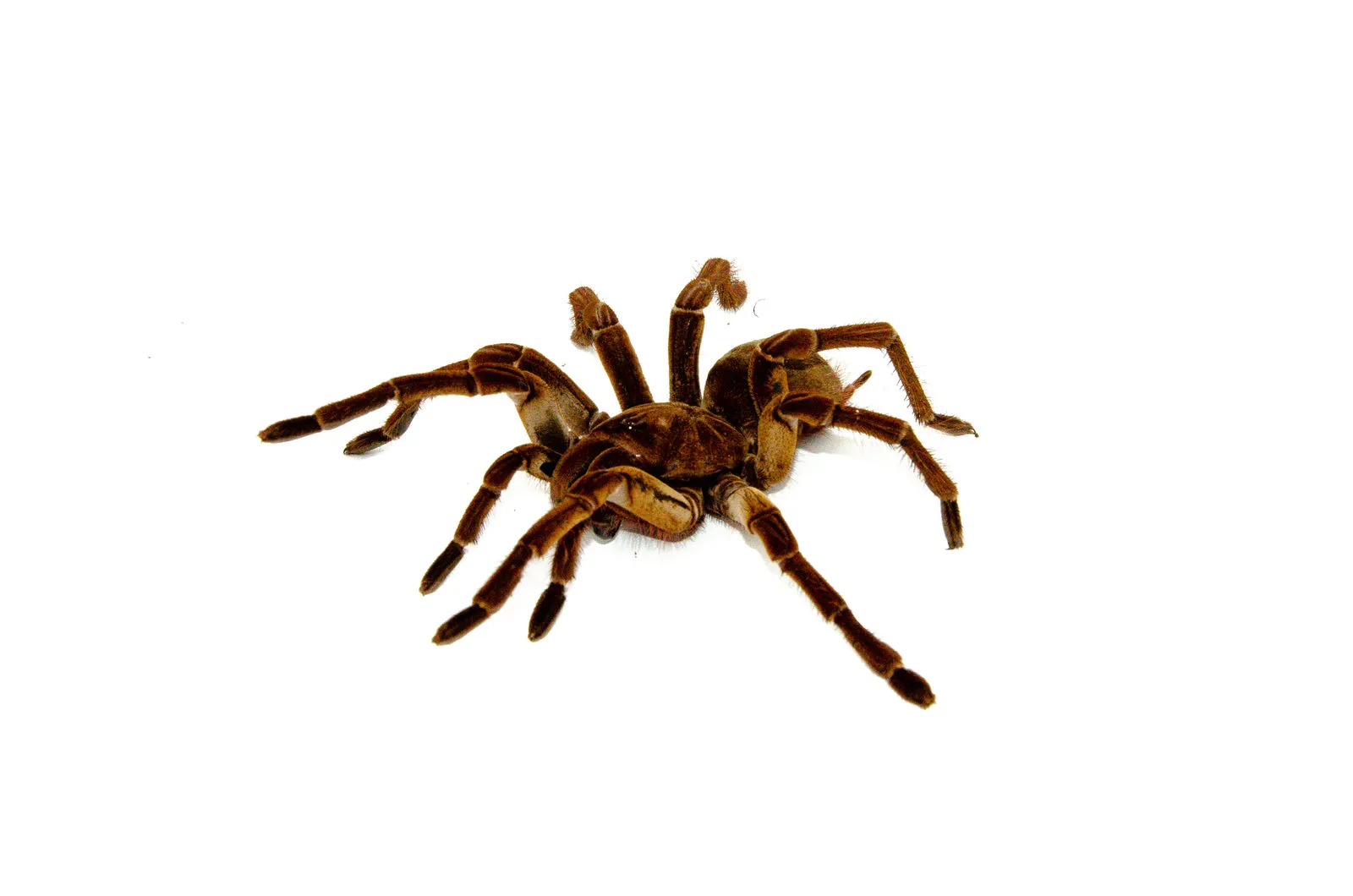
- Glass: Pros include excellent visibility, scratch resistance, and availability. Cons include being heavy, poor insulation, and potential for heat loss.
- Acrylic: Pros include lightweight, good insulation, and scratch resistance. Cons include higher cost, potential for distortion, and can be prone to static cling.
Substrate Setup [Deep Dive]
The substrate is the foundation of your Goliath tarantula’s enclosure, providing a medium for burrowing, regulating humidity, and simulating their natural environment. Selecting the right substrate is paramount, and various options are available. Proper substrate selection and maintenance will contribute to a healthy and thriving Goliath tarantula. It also helps in providing a comfortable environment for the tarantula to live. Proper substrate choice is vital for maintaining humidity, allowing them to burrow, and providing a comfortable environment, promoting the tarantula’s overall well-being.
Choosing the Right Substrate for Burrowing
Goliath tarantulas are known to be burrowers, so the substrate must allow them to dig and create their own safe havens. A substrate that packs well and holds its shape is ideal. The depth of the substrate should be substantial, often exceeding the tarantula’s leg span, to allow for extensive burrowing. Commonly used substrates include a mix of peat moss, coco coir, and vermiculite. These provide the necessary moisture retention, drainage, and structure to support burrows. When constructing the substrate, ensure it is compacted enough to hold burrows and tunneling, but not so dense that it prevents the tarantula from digging. Consider adding sphagnum moss to the top layer for additional moisture retention.
Recommended Substrate Mixtures
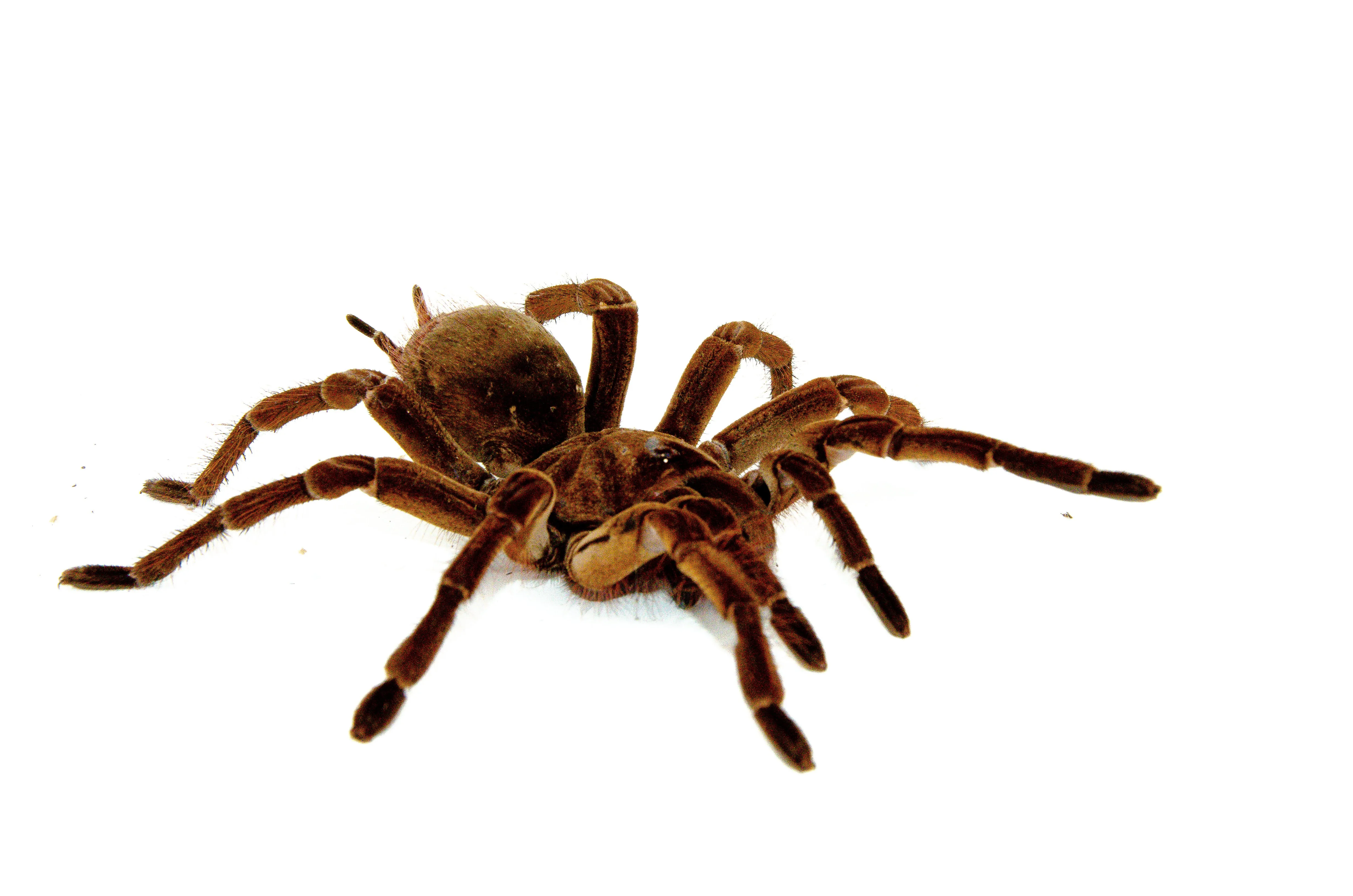
- A mix of 50% coco coir, 30% peat moss, and 20% vermiculite is a popular choice. Coco coir provides excellent moisture retention, peat moss adds structure, and vermiculite aids in drainage.
- Another effective mixture includes a combination of peat moss, topsoil (ensure it is pesticide-free), and a small amount of play sand. The topsoil adds some nutrients and structure, while the sand helps in drainage.
- Always ensure that any substrate used is free of pesticides, fertilizers, and harmful chemicals that could be toxic to your tarantula.
Maintaining Substrate Humidity
Maintaining the correct humidity level is crucial for your Goliath’s health, especially during molting. The substrate acts as a moisture reservoir, slowly releasing humidity into the enclosure. Regular misting with dechlorinated water is usually necessary, but avoid overwatering. Monitor the substrate’s moisture level; it should be slightly damp but not soaking wet. The specific humidity level needed depends on your local climate and the tarantula’s individual needs. Using a hygrometer to monitor humidity levels within the enclosure is highly recommended. Adjust the misting frequency and the amount of water used to maintain the desired humidity range for optimal health.
Essential Enclosure Decor
Adding decor to the enclosure enriches the tarantula’s environment, providing hiding places, climbing opportunities, and stimulating their natural behaviors. Simple, safe, and functional decor helps reduce stress and makes the enclosure more aesthetically pleasing. Decor should be non-toxic, and not have any sharp edges. The goal is to create a balanced and stimulating environment that mimics their natural habitat while ensuring safety and providing enrichment.
Hiding Places & Enrichment

Providing hiding places is essential for the tarantula’s security. Cork bark, artificial caves, or even sturdy, overturned pots can serve as excellent shelters. These spots give the tarantula a place to retreat when feeling threatened or during molting. Enrichment involves adding features that stimulate the tarantula’s curiosity and encourage natural behaviors. Use natural items such as branches, leaf litter, or even artificial plants to create a varied and interesting environment. Be mindful of the decor to ensure they are secured and won’t fall on the tarantula.
Water Dish and Placement
A shallow water dish is essential for providing fresh water. It should be large enough for the tarantula to drink from without being too deep that the tarantula risks drowning. Place the water dish in an accessible location and away from any heat sources. Regularly check and refill the water dish with fresh, dechlorinated water to ensure the tarantula stays hydrated. Clean the dish frequently to prevent the build-up of bacteria or mold.
Live Plants and Their Benefits
Live plants can significantly improve the enclosure’s environment. They help maintain humidity, provide additional hiding places, and add to the natural aesthetic of the enclosure. Choose plants that are safe for tarantulas and suited to the enclosure’s conditions, such as low-light tolerant plants. The plants should be non-toxic and free from pesticides. They can also aid in the decomposition of waste products. Before introducing any plants, thoroughly clean and quarantine them to ensure they are free of pests and diseases. Proper lighting, ventilation, and regular care are necessary for the plants to thrive, enhancing the overall health of the enclosure.
Temperature and Humidity Control
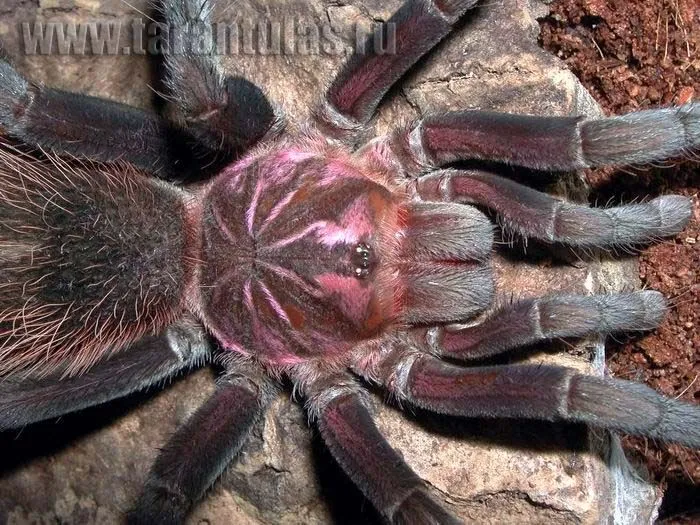
Maintaining the correct temperature and humidity levels is paramount for the health and well-being of your Goliath tarantula. These factors directly impact their metabolism, molting process, and overall comfort. Therefore, it is critical to create and maintain the correct environmental conditions. The use of thermometers and hygrometers, and careful attention to heating and ventilation strategies, is crucial. Monitoring and controlling these elements, you can ensure that your tarantula thrives in a healthy and balanced environment.
Heating Options for Goliath Tarantulas
Goliath tarantulas require a specific temperature gradient within their enclosure. The ideal temperature range is typically between 75°F and 85°F (24°C - 29°C). Use a heat mat placed on the side or back of the enclosure (never directly under) to provide gentle, consistent heat. Avoid using heat lamps, which can dry out the enclosure and cause overheating. Always regulate the heat source with a thermostat to prevent temperature fluctuations and ensure safety. Monitor the temperature with a reliable thermometer placed in different areas of the enclosure to maintain consistency and ensure your tarantula’s comfort and health.
Monitoring Humidity Levels
Humidity is as important as temperature. Goliath tarantulas thrive in a humid environment, generally requiring humidity levels between 70% and 80%. Use a hygrometer to measure humidity accurately. To increase humidity, mist the enclosure with dechlorinated water, especially when the substrate appears dry. Proper ventilation is essential, but avoid excessive airflow. Regularly monitor the humidity levels and adjust the misting schedule accordingly. Ensure that the enclosure does not become overly saturated, as this can lead to mold growth. Maintaining the correct humidity levels is critical for your tarantula’s molting process.
Ventilation Strategies
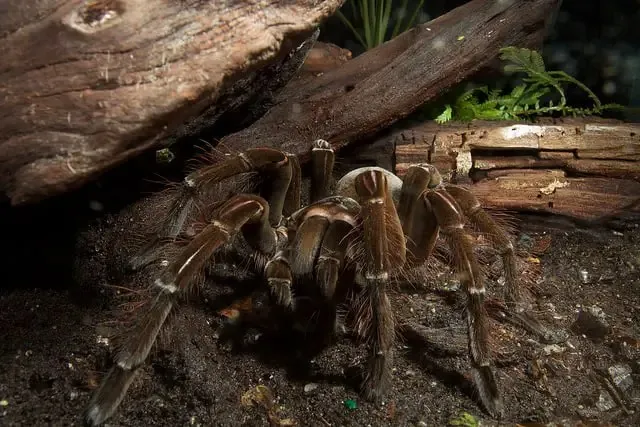
Ventilation is necessary to prevent mold and maintain air quality. However, ventilation should not be excessive, as it can dry out the enclosure. Provide ventilation by creating a few small vent holes, or a small area with a mesh top. The placement of the ventilation is also critical. Ensure that the ventilation is adequate without causing excessive dryness. The combination of proper ventilation, humidity, and temperature control will result in a healthy and balanced environment. Monitoring the airflow, and making adjustments to maintain the correct conditions is essential for your tarantula’s health and happiness.
Feeding and Watering Your Goliath
Providing a balanced diet and adequate hydration is vital for your Goliath tarantula. Their feeding habits, prey preferences, and water requirements must be understood. This ensures the tarantula stays healthy and thrives in its enclosure. Regular feeding and proper hydration are crucial to ensuring the Goliath lives a long and healthy life. Furthermore, these practices promote the tarantula’s overall well-being and behavior.
Feeding Frequency and Prey Size
Juvenile Goliath tarantulas should be fed more frequently than adults. Young tarantulas may require feeding twice a week, while adults can be fed once every one to two weeks. The frequency will depend on the individual tarantula and its feeding response. Prey size should be appropriate for the tarantula’s size. The prey should not be larger than the tarantula’s body. Good prey choices include crickets, roaches, and mealworms, dusted with calcium and vitamin supplements to ensure the tarantula receives all necessary nutrients. Remove any uneaten prey within 24 hours to prevent stress on the tarantula and to avoid the growth of mold or mites.
Watering Schedule and Techniques
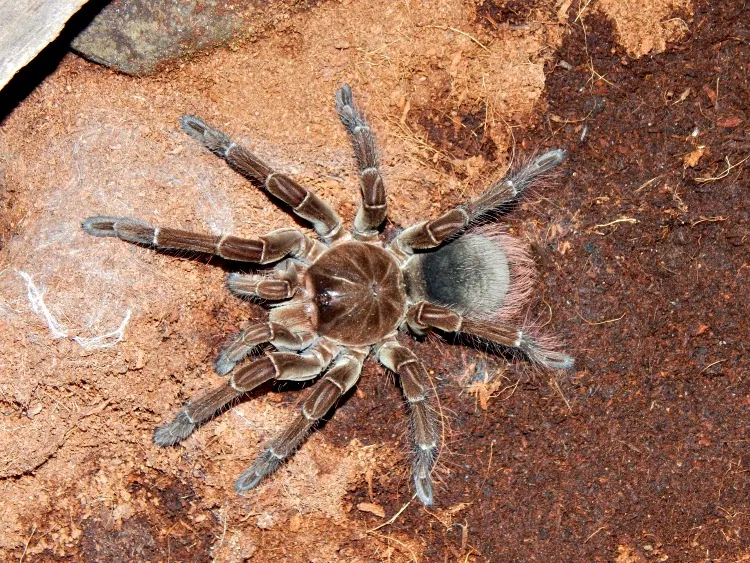
Always provide fresh water in a shallow dish. Refill the dish regularly and clean it to prevent bacterial growth. Some tarantula keepers mist the enclosure to provide additional water, especially if the humidity levels are low. Be careful not to oversaturate the substrate, as this can lead to mold growth. Ensure your tarantula has constant access to fresh water. This is essential for their hydration and overall health. Regular cleaning of the water dish is necessary to prevent bacteria and keep the water source clean.
Cleaning and Maintenance
Regular cleaning and maintenance are essential for maintaining a healthy enclosure. This includes both routine spot cleaning and periodic full enclosure cleanouts. Consistent maintenance helps keep the environment sanitary, reduces the risk of disease, and ensures the tarantula’s well-being. A clean enclosure not only benefits the tarantula but also makes it more enjoyable to observe and care for.
Regular Cleaning Routine
Spot cleaning should be done regularly. This involves removing uneaten food, shed exoskeletons, and any other waste products from the enclosure. Use a pair of long tweezers to remove any debris carefully. Inspect the enclosure regularly for signs of mold or unwanted pests, and address any issues promptly. Maintain a consistent cleaning schedule, such as spot cleaning every one to two days, and a more thorough cleaning once or twice a month, depending on the enclosure and the tarantula’s needs.
Spot Cleaning vs. Full Enclosure Clean
Spot cleaning involves removing any visible waste or uneaten prey. A full enclosure clean should be performed less frequently. During a full clean, the tarantula is carefully moved to a temporary container, and the entire enclosure is emptied and cleaned. Replace the substrate completely and disinfect the enclosure and decor. Allow the enclosure to dry completely before returning the tarantula to its habitat. During cleaning, avoid the use of harsh chemicals or cleaning products, which could be harmful to the tarantula. This thorough cleaning process maintains a hygienic environment and reduces the risk of any health problems.
Signs of a Healthy Enclosure
A healthy enclosure is critical for the well-being of your Goliath tarantula. Understanding the signs of a healthy environment allows you to provide the best possible care and recognize potential problems early. This will contribute to the tarantula’s long life and overall health. By being vigilant and attentive to details, you can ensure your Goliath lives a long and thriving life.
Identifying Potential Problems
Look for signs of mold, mites, or other pests. These indicate problems with the enclosure’s hygiene or humidity levels. Ensure the substrate isn’t excessively wet or dry, as these conditions can affect the tarantula’s health. The tarantula’s behavior also provides insight into their wellbeing. Observe its feeding habits, activity level, and molting process. Any deviations from the norm might indicate a problem. Maintaining the correct temperature and humidity levels, and providing a proper diet, is crucial. Additionally, examine the tarantula for any signs of illness or injury, such as lethargy, loss of appetite, or physical abnormalities. Act quickly if any problems arise to prevent further complications.
Troubleshooting Common Issues
If you notice problems with your Goliath’s enclosure, it is important to know how to address them. If mold appears, remove the affected substrate and improve ventilation. If the humidity is incorrect, adjust your misting schedule or improve the ventilation. If the tarantula stops eating, check the temperature, humidity, and prey quality. If you find mites, quarantine the tarantula and the enclosure, and consult with an experienced tarantula keeper. Regularly observe the tarantula’s behavior and environment and adjust accordingly, if necessary. This proactive approach to troubleshooting will help in maintaining a healthy and stress-free enclosure for your Goliath tarantula.
